Cavaquinho profissional Eléctrico - Rozini
| N.º artículo: | A316081 |
| acabado: | brillante |
| material: | madera maciza / lam. |
| captación: | activo |
| mastil: | cedrela |
| diapasón / puente: | pau-ferro |
| aros / fondo: | pau-ferro |
| tapa: | abeto - pícea sueca (maciza) |
| trastes: | alpaca |
| clavijas: | doradas |
| cuerdas: | acero (J93 D Addario) |
| largura total: | 630 mm |
| largura diapasón: | 340 mm |
| ancho de cejuela: | 30 mm |
| max. ancho de aros: | 85 mm |
| Peso (neto): | 0,8 kg |
| MPN | RC07ATNE |
Série Profissional - Cavaquinho Pro de Rozini con pickup activo Fishman y afinador cromático
Cavaquinho profesional de Rozini, diseño precioso y elaboración de alta calidad con un sonido presente, asertivo, cálido y parecido al de una guitarra debido a su cuerpo más ancho. La electrónica activa de 3 bandas te impresionará - utilizada en una dosis baja, la dulce característica de este cavaco se refleja maravillosamente.
Valoraciones de clientes para "Cavaquinho profissional Eléctrico"
(1)"Rozini"
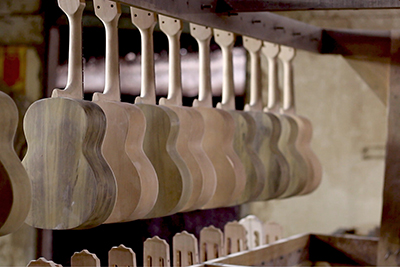
En Brasil no solo se tocan los tambores:
El instrumento lo que probablemente es el más común, es la guitarra acústica. No importa que sea la guitarra tradicional de 6 cuerdas o sea la de 7 cuerdas la que se usa más en el Samba o el Choro, ROZINI siempre tiene el instrumento adecuado.
El surtido de ROZINI comprende tambíen bandolins o la viola caipira, una guitarrita de 10 cuerdas y naturalmente una amplia gama de cavaquinhos. Este multitalento cabe con (casi) todos los estilos de música: En una pequeña roda de Samba, el Samba de mesa, para acompañar las grandes escolas de Samba, o como virtuoso instrumento solista en el Choro, el cavaquinho es un pequeño instrumento de 4 cuerdas con posibilidades infinitas.
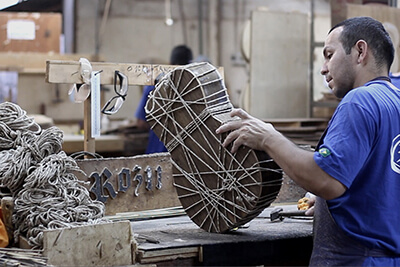
ROZINI es el resultado de una asociación de vários constructores de guitarras y hoy en es uno de los productores más grandes y renombrados de Basil. ROZINI produce sus instrumentos São Paulo, a mano y en series.
información sobre seguridad del productos
| nombre: | Rozini |
| Dirección postal: | 260/230B Jardim das Gracas/Bairro do Limao, CEP 02710-020 Sao Paulo - SP |
| dirección electrónica: | https://rozinibrazil.com/en/ |
según el art. 16(1), frase 2 RGSP (art. 4(2)(b)) | Kalango GmbH, Thomas Müller-Stoy, Krottenbach 2, 84367 Tann www.kalango.com |
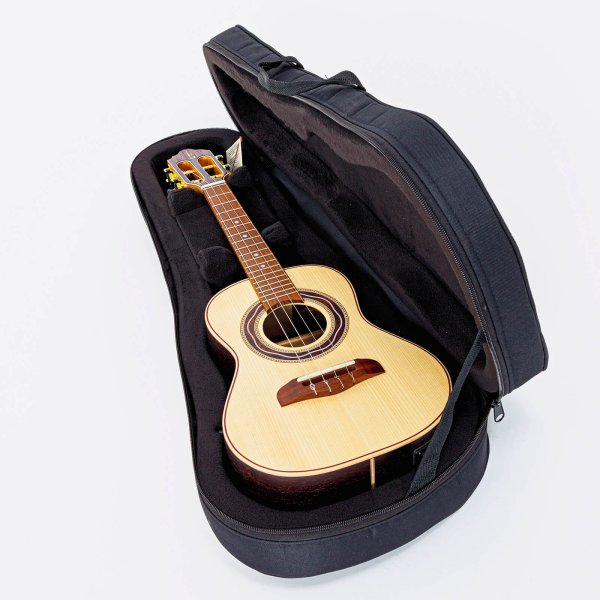
disponible a partir del 22 de febrero de 2025




















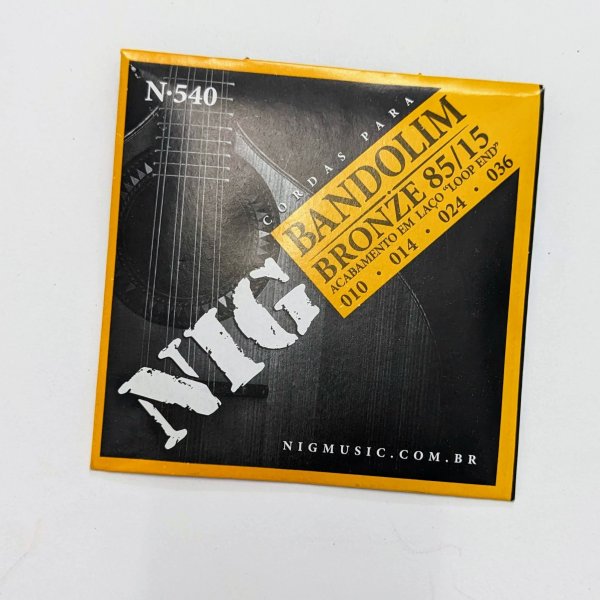
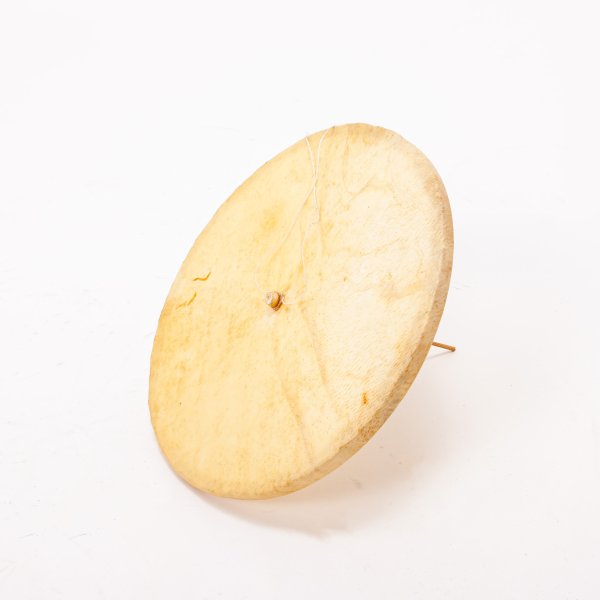
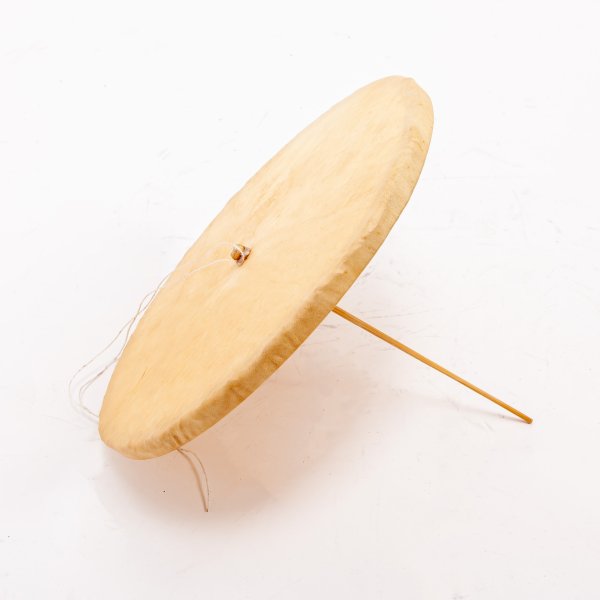
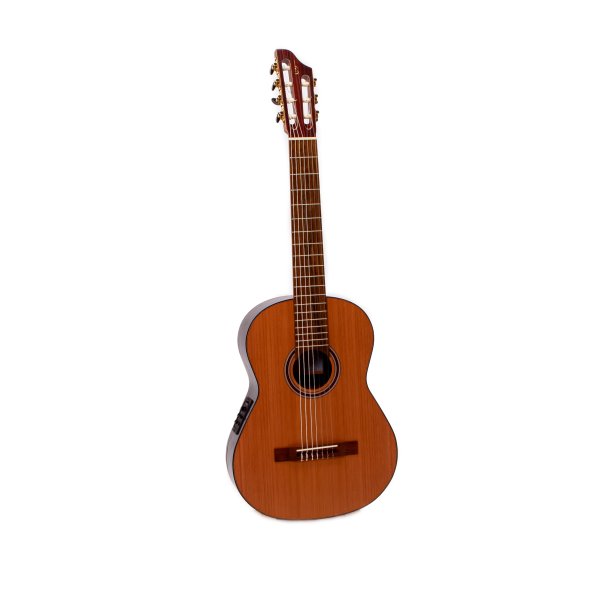
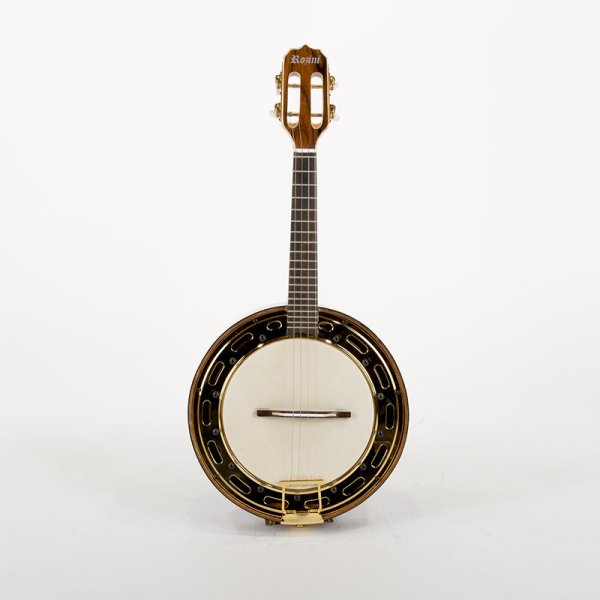
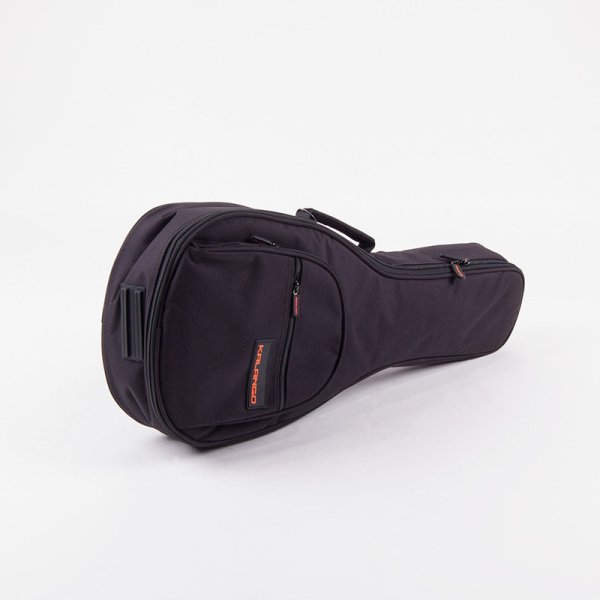

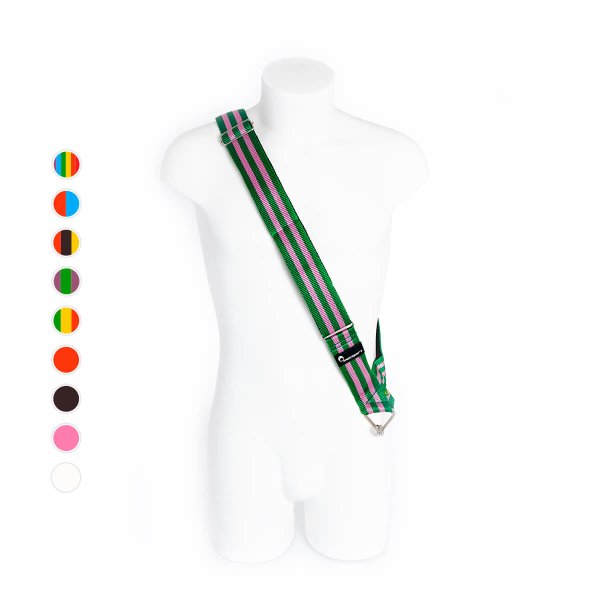
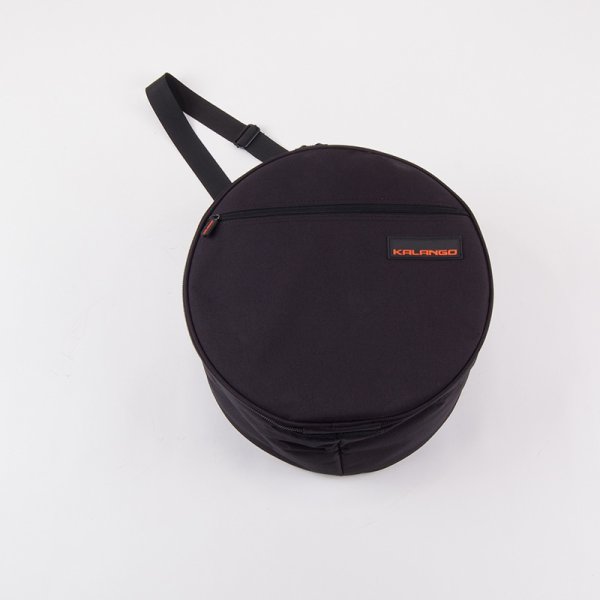

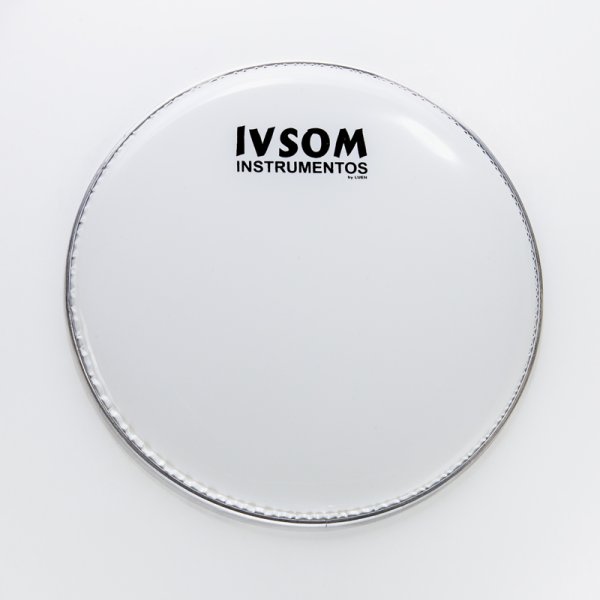
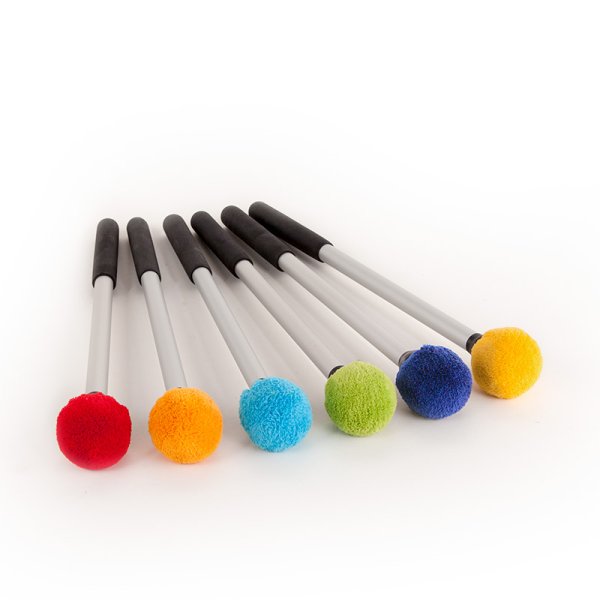
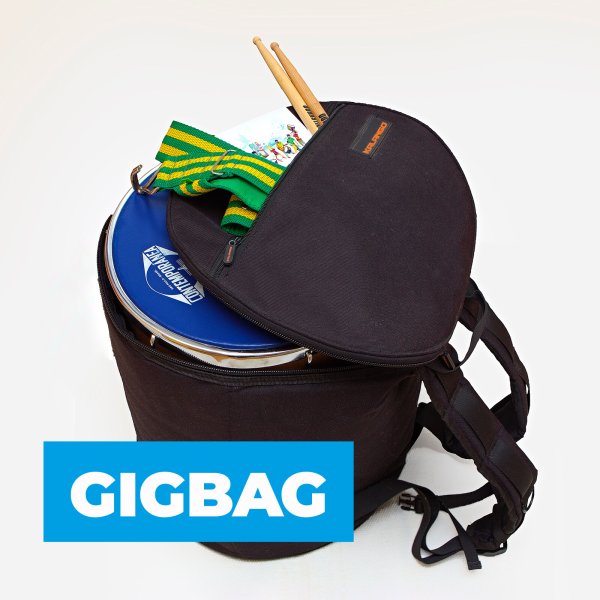

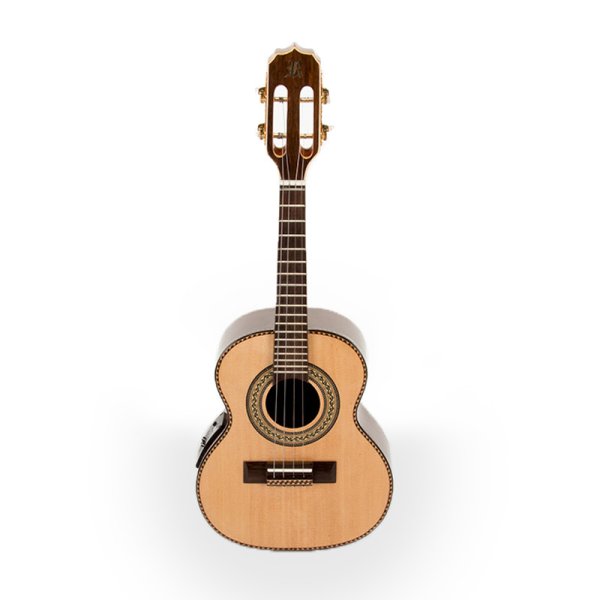
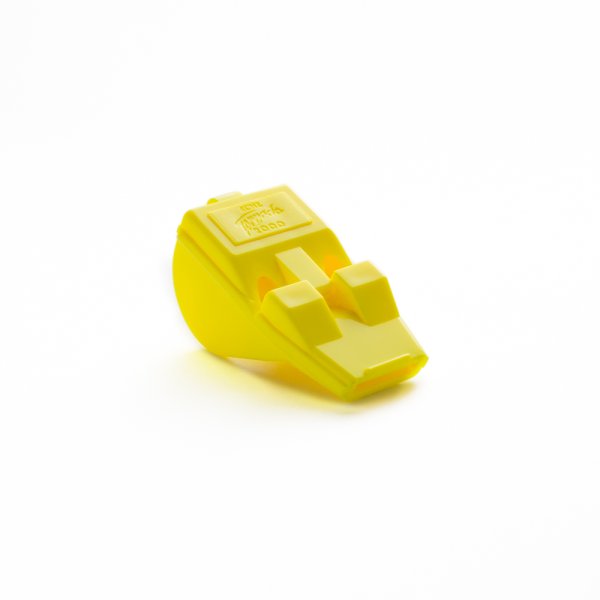
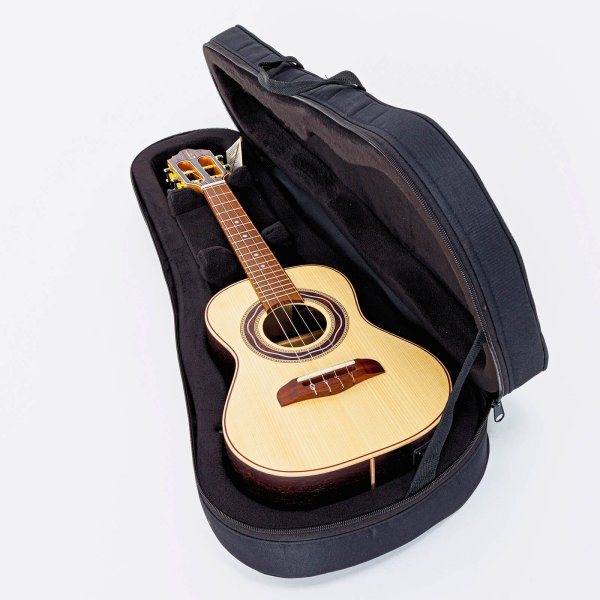
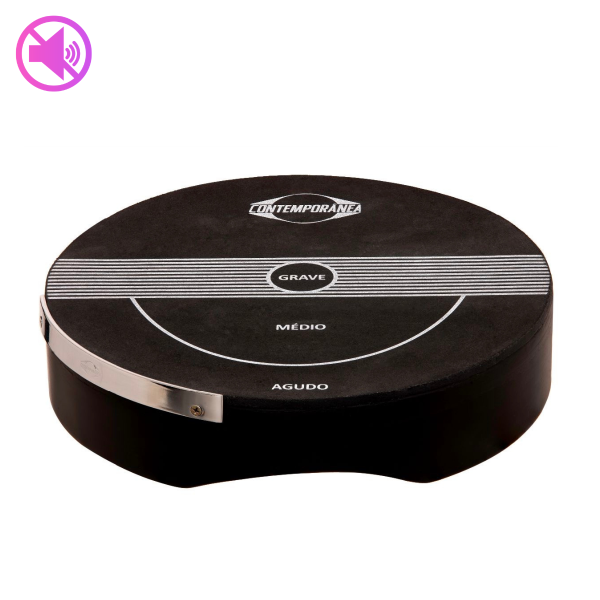
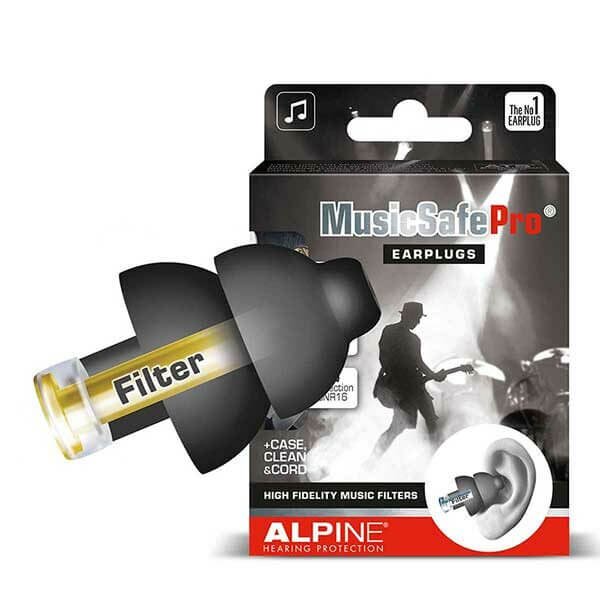
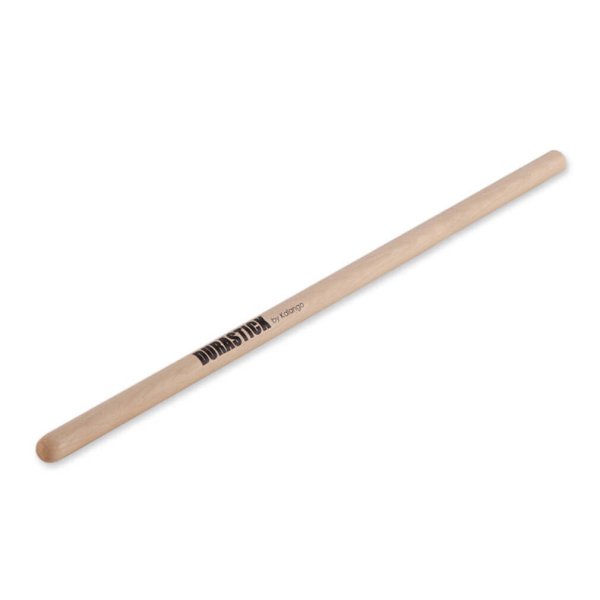
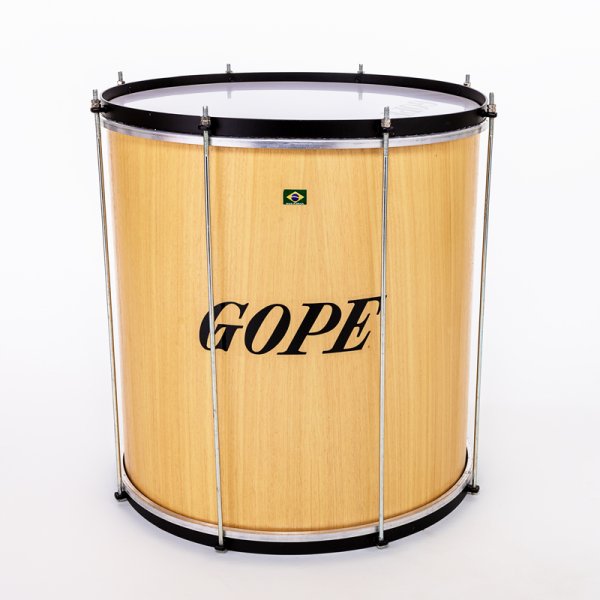
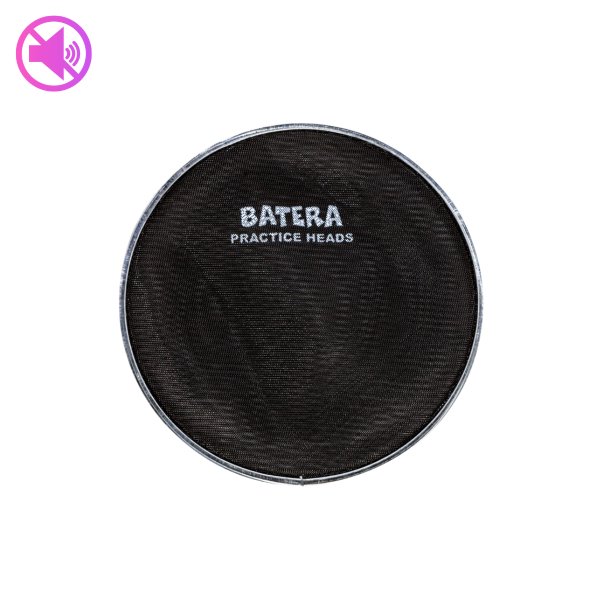

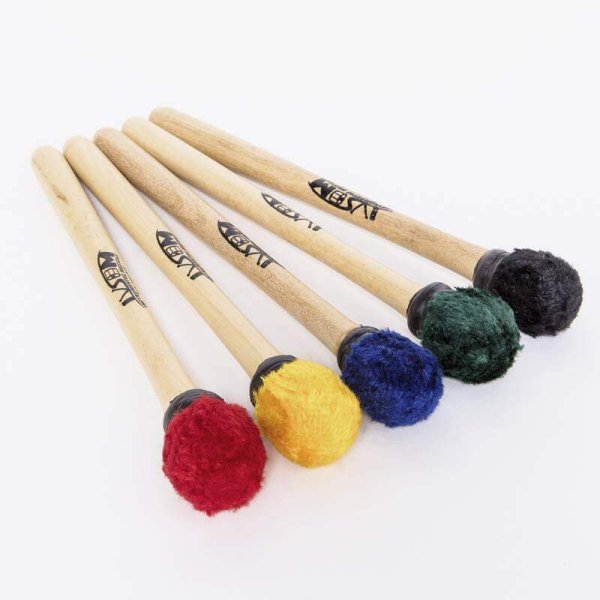
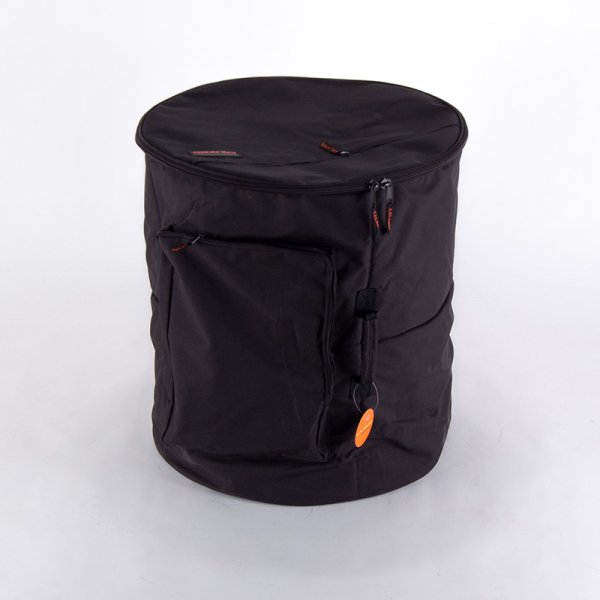
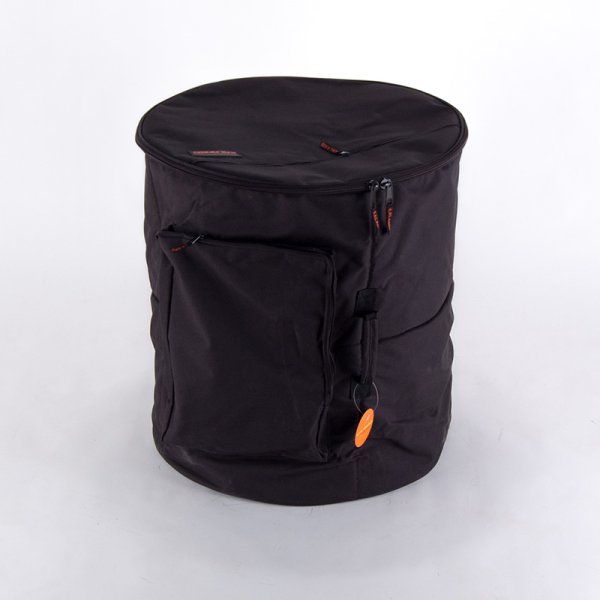
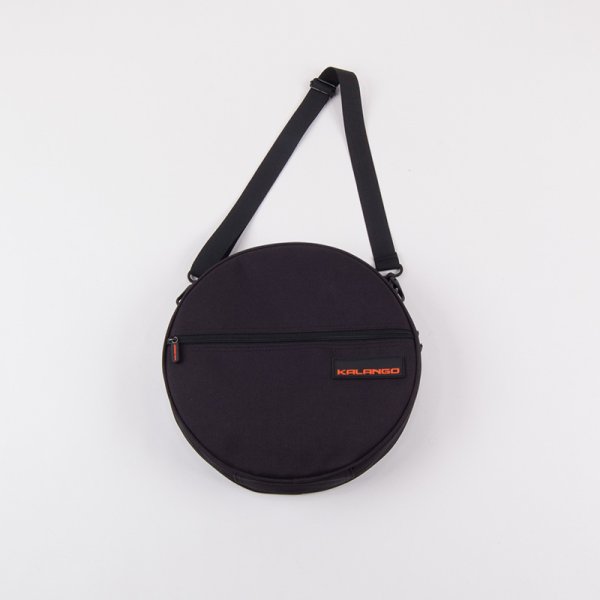
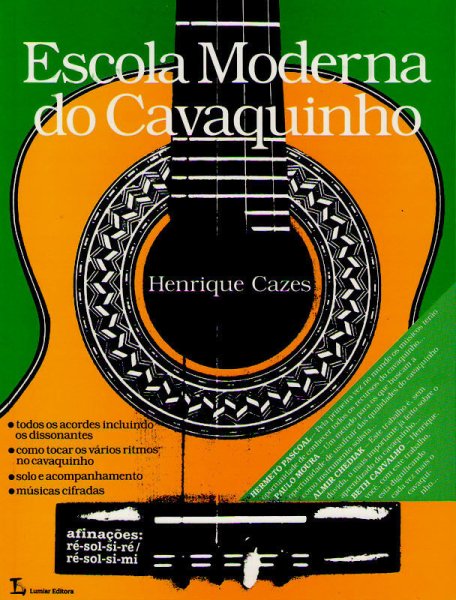
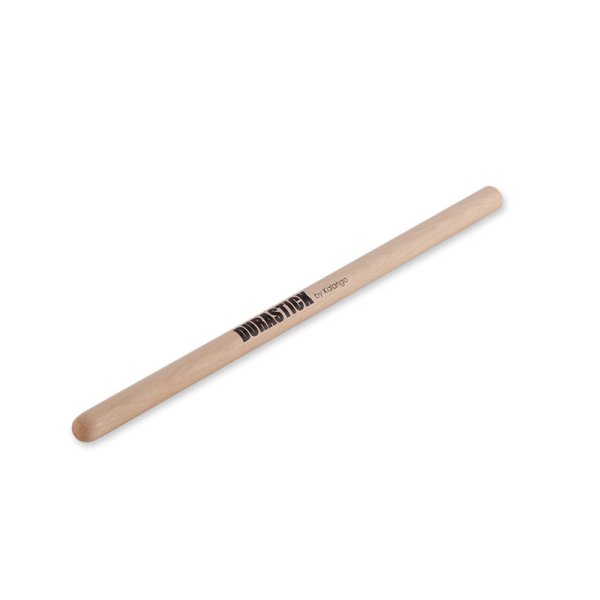
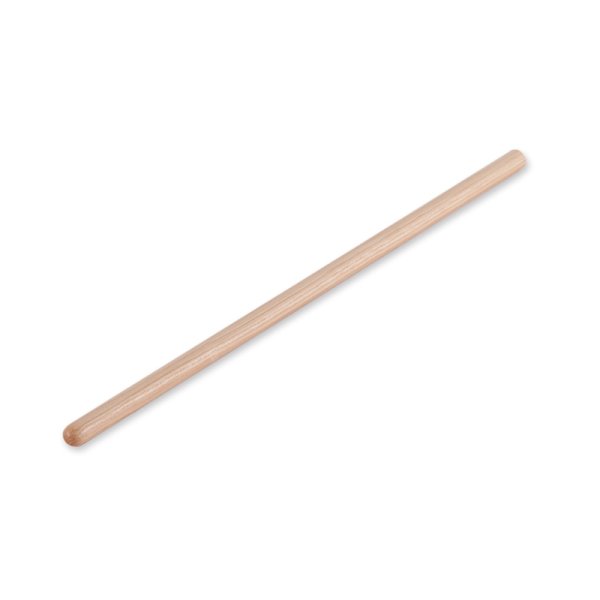
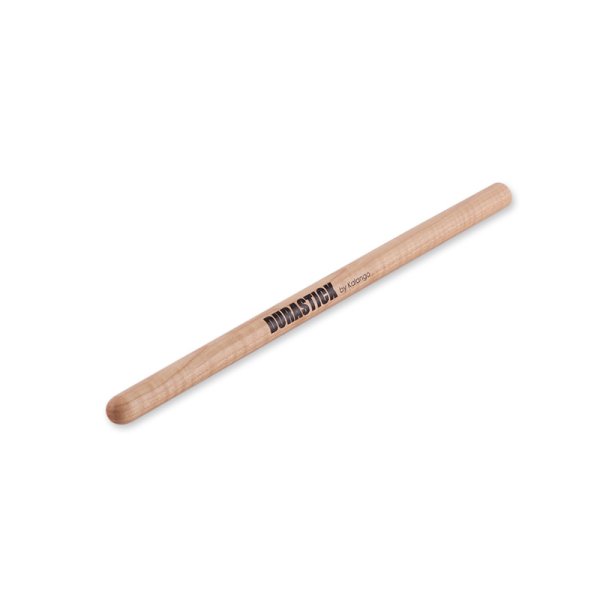
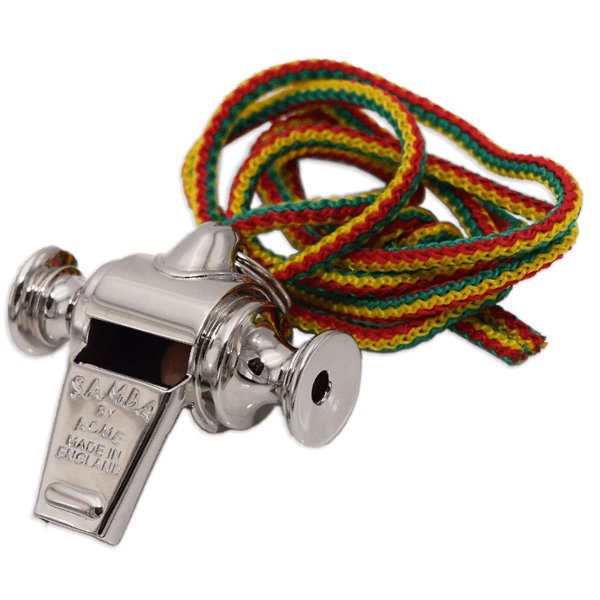
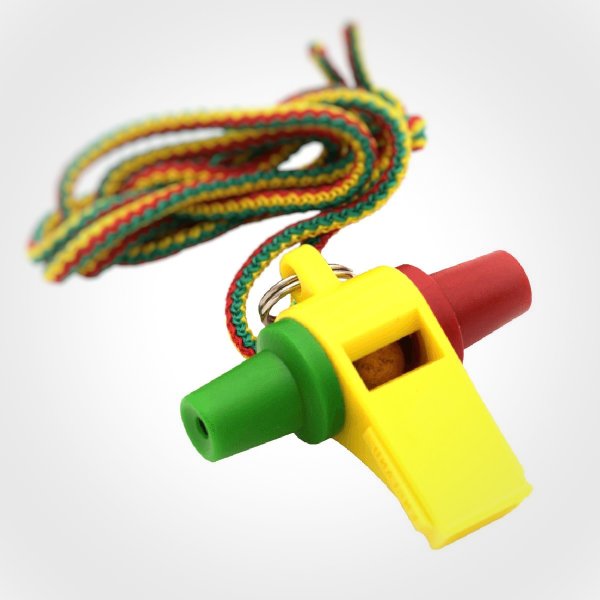
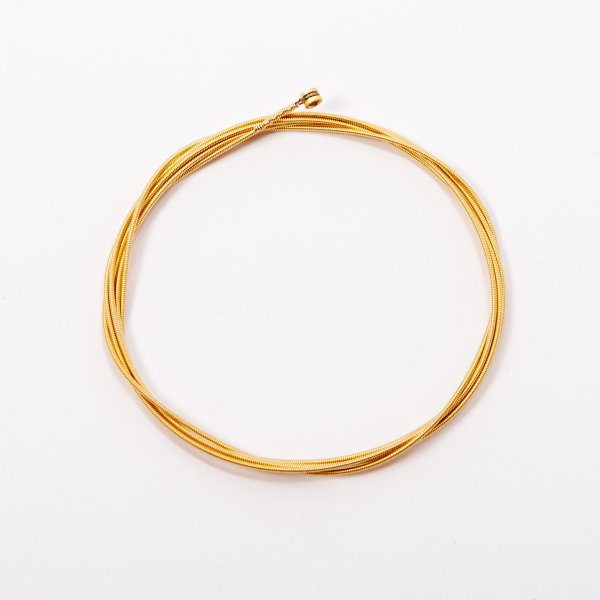
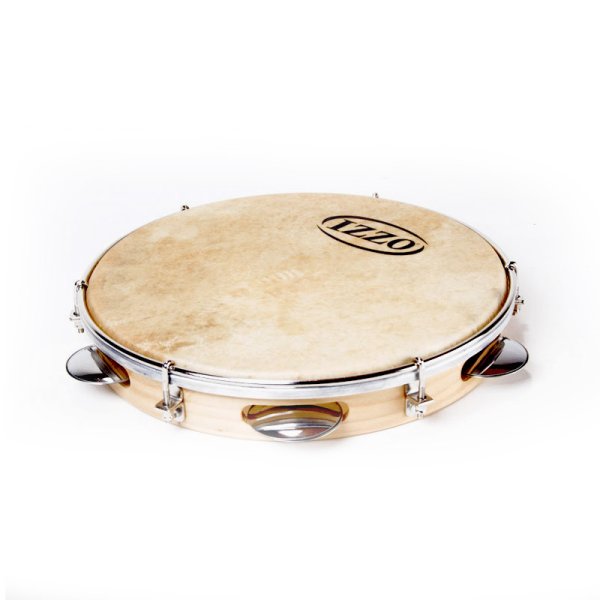
I’m not a skilled Cavaquista. If fact I still very much getting to grips with it, but I have been playing a repairing guitars and basses for many years, so forgive me if this is more of a technical review. It’s what I am best at.
I don’t give much kudos to “hand made” instruments. They are only as good or bad as the craftsman who made it (and there are poor craftsmen), how he felt on that day, and the materials available. Taking this one from the sturdy triangular carton I see that the finish has the perfection that can only be achieved in a factory that has spent 20 years getting its tooling right. There is not a single ripple, sag, sand paper mark, or evidence that 2 joints didn’t quite meet. Every Rozini will be the same as the next. Some might see that as soulless. I see it as confidence that the things I CAN’T see are likely to be well made too.
I have also learned to stay away from anything with “Professional” in its name because if I need to be TOLD this, it usually isn’t. Luckily, in Europe I have little choice!
Neck,
I have seen lower end Rozinis with a couple of jagged frets but these are well dressed.
Action.
1st fret 0.4mm’ 18th fret 1.9mm
Neck bow 4 (forth string) 0.25
Neck bow 1st string. 0.15mm
Nothing buzzes on any string on any fret. I also checked at each held fret, the string clearance at the next higher fret. It starts at 0.2 and gradually decreases as we play higher. In short:- the neck is slightly convex as it should be, its more convex on the side where the bigger strings need to move more, and as you play higher up where the strings vibrate less, there is less clearance. It’s pretty perfect, which is only annoying to people who like to adjust things.
Body depth
If you are moving from ukulele you will notice that the body is deeper. While it’s not the deepest cavaco I’ve seen, at 80mm it’s even deeper than some other Rozini models. It’s never going to fit in a Uke bag. Try one of the specialised hard cases instead.
Bracing
Looking inside the sound hole with my dentist mirror, O.M.G. it’s a beast! 2 large braces run across the body (or top-to-bottom as you hold it) - one under the neck, and the other between sound hole and bridge. 2 wide, flat braces run flat-side on to the top, between the bridge and the neck the stop the body sagging under tension. Personally I would have used the wood in the other orientation (thin side on). In theory that would give you more resonance and more stiffness, but I suppose they do that for a reason. These aren’t shaped or scalloped in any way and I don’t suppose they need to be. Sitting under the bridge are 3 of the most delicately thin and scalloped ribs possible. This is the only part that concerns me, because even the joint between the 2 pieces of wood which form the top are only reinforced with a sliver of 6mm pine. What will stop the bridge slowly twisting towards the neck? I understand that they want to keep the mass down and that many companies do this but I am still scared.
For you rock-&-roll players there is plenty of wood thickness to mount an end pin for a strap.
Playing
It feels heavier than my passive (less expensive) cavaquinho. At first it feeds slightly harder to play but after a while it seems more forgiving so it works out. The sound is a little less mellow and a little more shouty or thin. One part of the tone compromise of an active pickup is what happens when you cut holes and screw 2 heavy lumps of plastic into the body. You will lose some of the resonance. That said, when I get to the point when anyone is listening to my tone instead of the notes, I’ll let you know.
Amplifier
Fishman has an excellent rep though. They use a pickup which is in direct contact with the bridge. It sounds a little sterile but much less chance of feedback than a mic or passive pickup. There is a built in tuner which is handy but don’t forget to turn it off or it will drain the battery. I tried removing the battery and the output is nil from the jack.
So overall:- No regrets. Maybe not the most mellow acoustic instrument for top class choro, but a good dependable stage instrument to hammer out samba songs to.